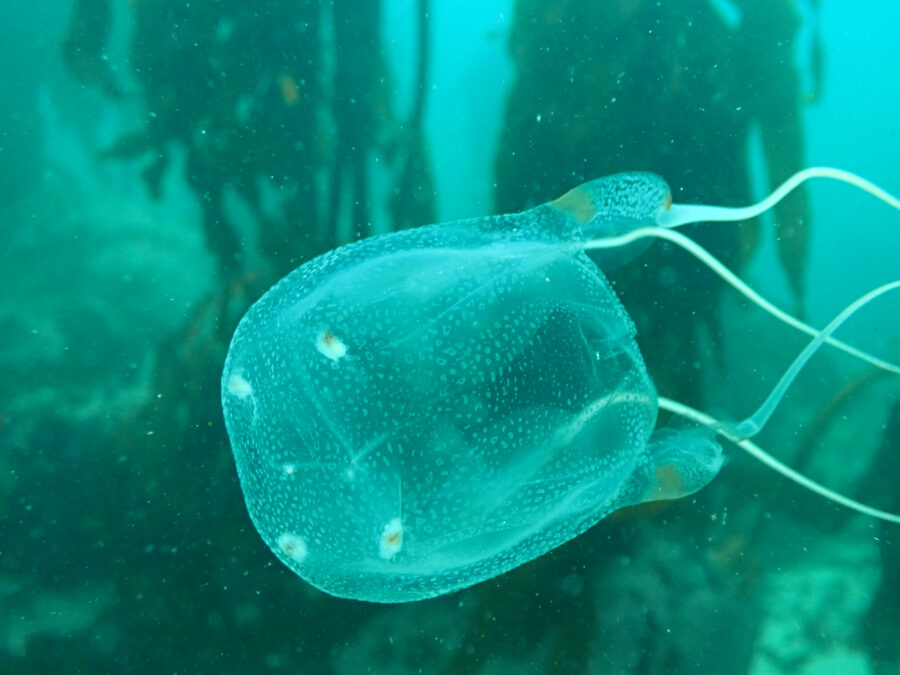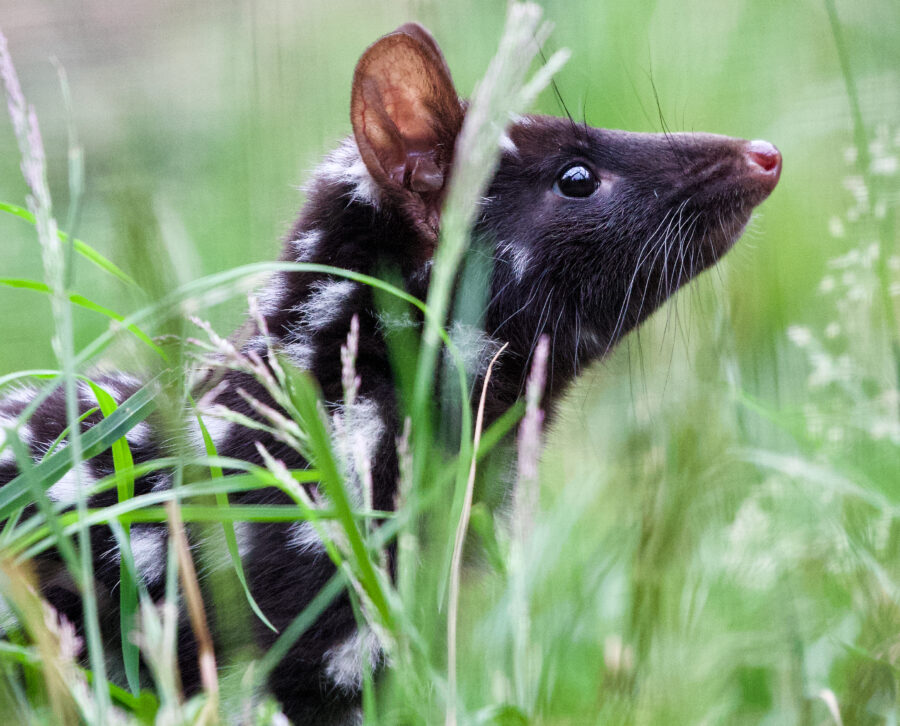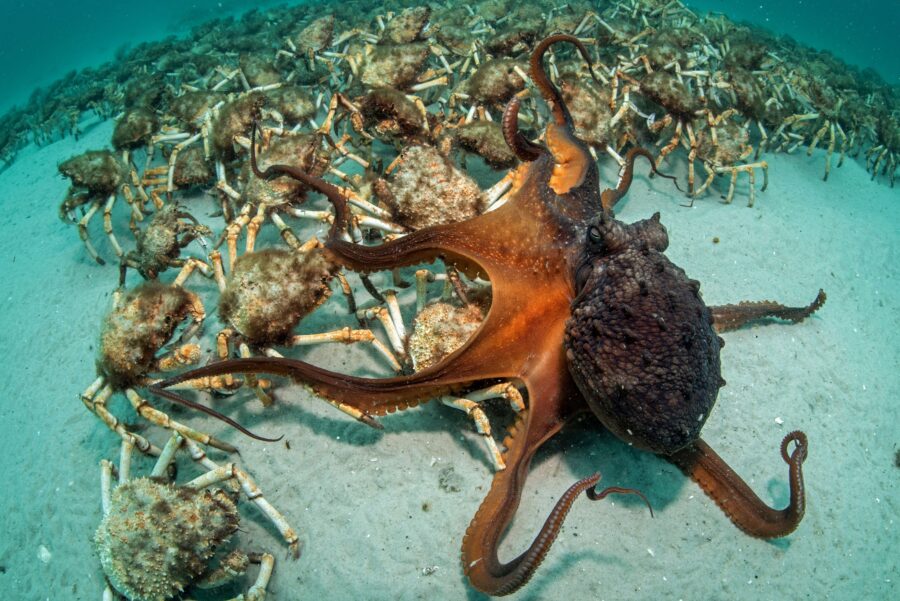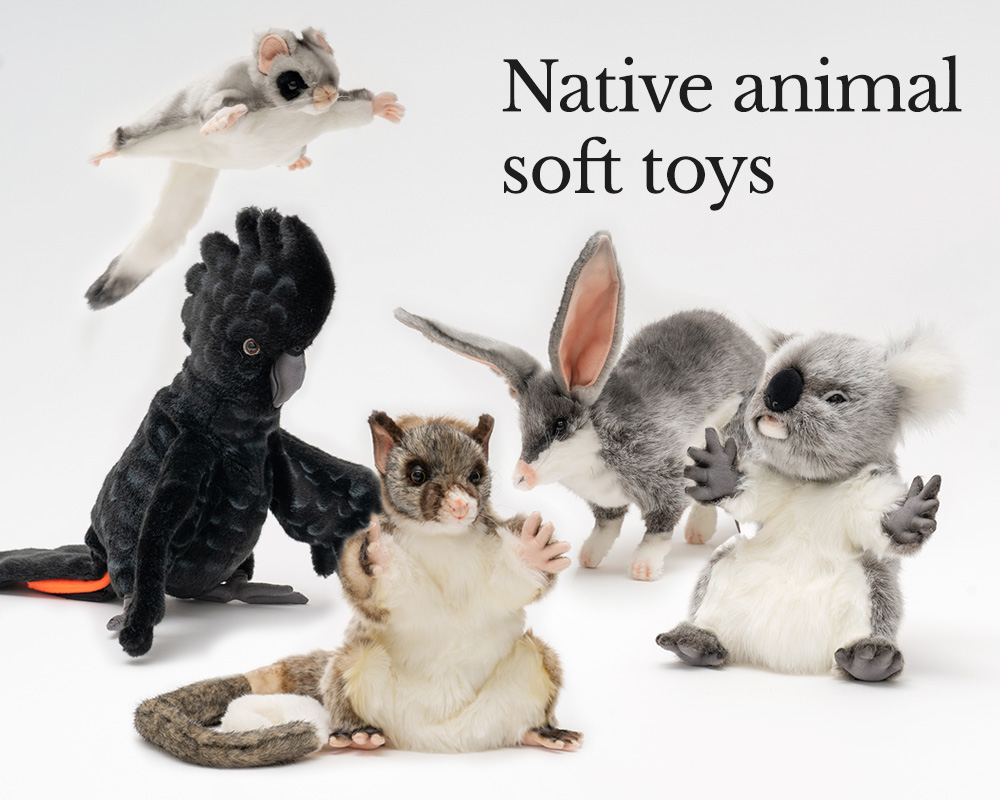The blue-throated barbet is ridiculously good-looking

Bec Crew
Bec Crew

Look at him. What a stunner. With strange bright colours that recall this handsome fellow, the blue-throated barbet does exactly what it says on the box – it delivers one heck of a blue throat.
Found throughout India and Southeast Asia, including Thailand, Vietnam, and Laos, the blue-throated barbet (Psilopogon asiaticus) belongs to a large group of birds that look like a cross between a toucan and a parrot.
There are 32 species of Old World barbets, the poster child of which has to be the fire-tufted barbet (P. pyrolophus), native to Peninsular Malaysia and Sumatra.
Until DNA testing could be applied to species to figure out their evolutionary relationships, it was assumed that the fire-tufted barbet was the only Old World barbet in existence. The rest of them were moved over to the Psilopogon genus from the Megalaima genus in 2013.
The name Psilopogon combines the Ancient Greek word psilos, meaning “bare” and pōgōn, meaning “beard”.
The blue-throated barbet has the “bare” part down, as you can see in the image above, its broad beak is adorned in just a few sparse whiskers. (In other words, it had a terrible beard.)
The fire-tufted barbet, on the other hand, has a fantastic beard. Only it’s upside-down:
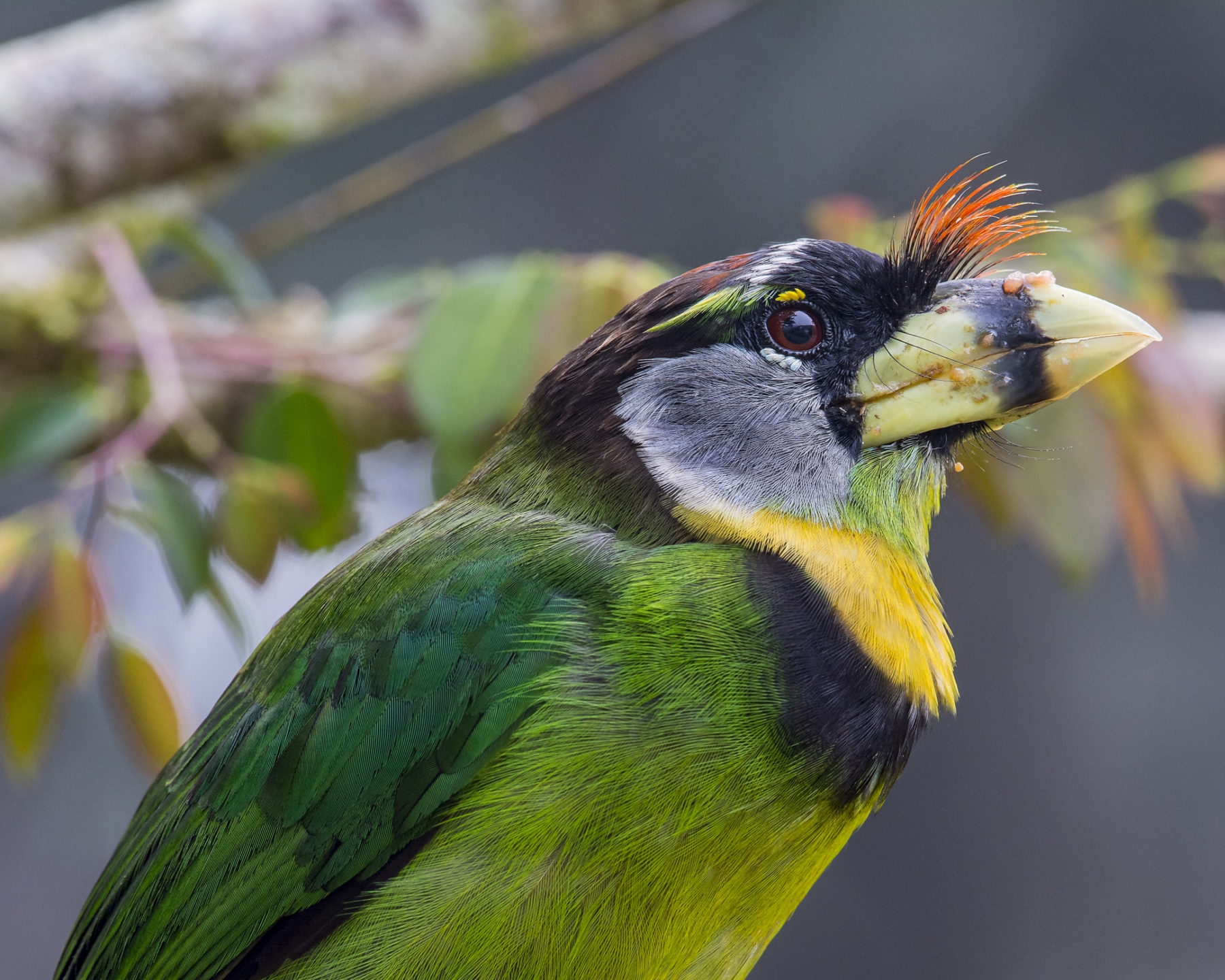
Alongside the Old World barbets, there are the New World barbets, which span Central America to northern South America, as well as sub-Saharan Africa and Southeast Asia.
Of the 80 known species of New World barbets (family: Capitonidae), the smallest are called tinkerbirds, and let’s all appreciate one of the most adorable tinkerbirds, the yellow-fronted tinkerbird (Pogoniulus chrysoconus) from east-central Africa.
Barbets are non-migratory birds, which might explain why they’re distributed so widely across the globe, but never made it to Australia. Keen birdwatchers will have to travel to see them, and they can be quite elusive.
But what a beautiful sight if you’re lucky enough. Here you can see how the bright green, turquoise and red plumage of the blue-throated barbet stands out against the drab colours of everyday life:
